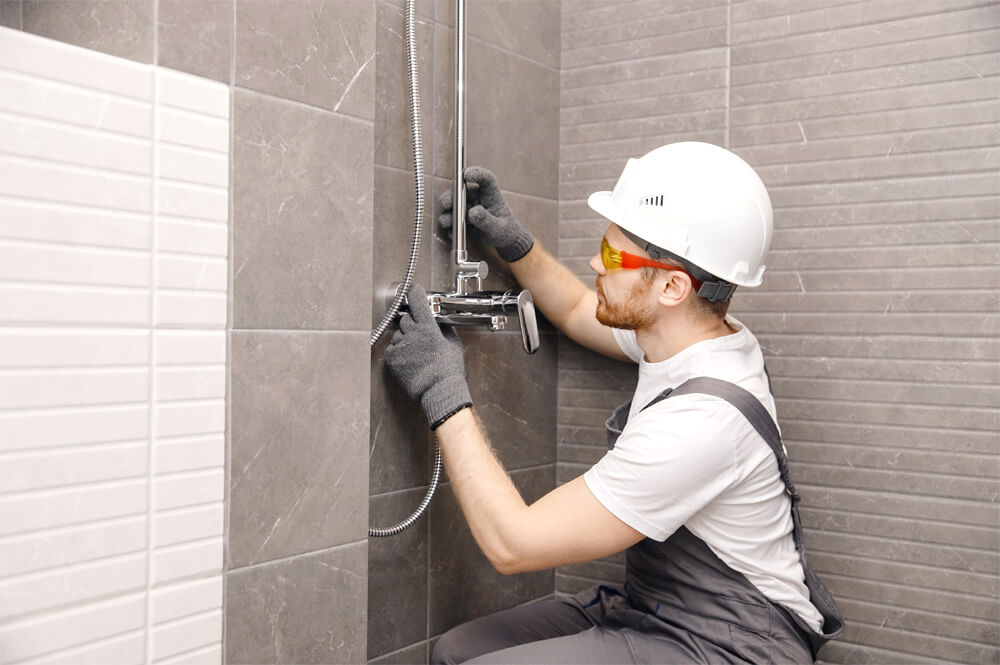

FAQs
2021.07.12
Notes on Pump Installation

1.An average pump can suck water up from 6m deep. If you wish to pump water from a lower place, check the pump’s suction lift and install a check valve at the end of the inlet pipe.
2.Water loses pressure when flowing through a pipe bend. So, try to avoid bends in the plumbing.
3. A pump must be installed as close to the water source as possible.
4.If a pump does not suck in water, 99% of the time there’s something wrong with the suction pipe.
5. Avoid exposing your pump to the element. To prevent water leaks and damages to interior decoration or electrical equipment, do not install a pump indoors, on ceiling panels, or near carpets or electrical equipment. Fit the installation with an earth leakage circuit breaker (ELCB).
6.Where a pump is installed, there must be a drainage hole larger than 1½" in diameter and should be kept clear. (The drainage hole must be big enough to drain leaked water to prevent flooding).
7.During installation, make sure the pump chamber is free of foreign objects such as PVC cement, thread seal tape, and metal chips, which could damage parts like the check valve or the impeller or cause the control switch to fail.
8.Avoid the overuse of PVC cement, which could flow into the pump chamber and jam the check valve. This may affect the electronic circuit and lead to pump malfunction.
9.For the pump to run smoothly, make sure the base is secured and level with the ground to avoid affecting the normal operation of the pump and generating additional noises.
10. Pipes and joints must be properly sealed. Any leaks at the outlet will shorten the pump’s life, causing it to restart frequently and thus be prone to failure. On the other hand, if the inlet pipe is not sealed well, the pump cannot suck water in and therefore runs idle. Please do not use a vent pipe at the inlet because it causes the pump to suck in air and thus run idle; if it idles for too long, the shaft seal will be damaged and the water temperature inside the pump will rise, eventually causing the pipes to burst.
11.Use metal pipes for the outlet. Avoid using PVC or plastic pipes since high pressure or abnormal liquid temperature in the piping system may cause such pipes to deteriorate, swell, break off, or burst. Furthermore, to reduce pipe loss and noises, use pipes in the same diameter as the pump outlet.
12.When a pump is used with a water heater, the steam from hot water creates high pressure. To ensure safety, install a check valve at the outlet of the pipe to protect the pressure tank.
13. If a vent pipe is used in inlet piping, the pump will suck in air and run continuously. If this happens, remove the vent pipe. (Or use a rooftop water booster pump from our TQC_B series).
14.Before starting the pump, remove the filling plug, fill the chamber with water, and put the filling plug back in.
15.When a pump is used for the first time or after a long time of inactivation, place a screwdriver against the shaft end of the motor and check if the rotor spins freely before you start the pump.
